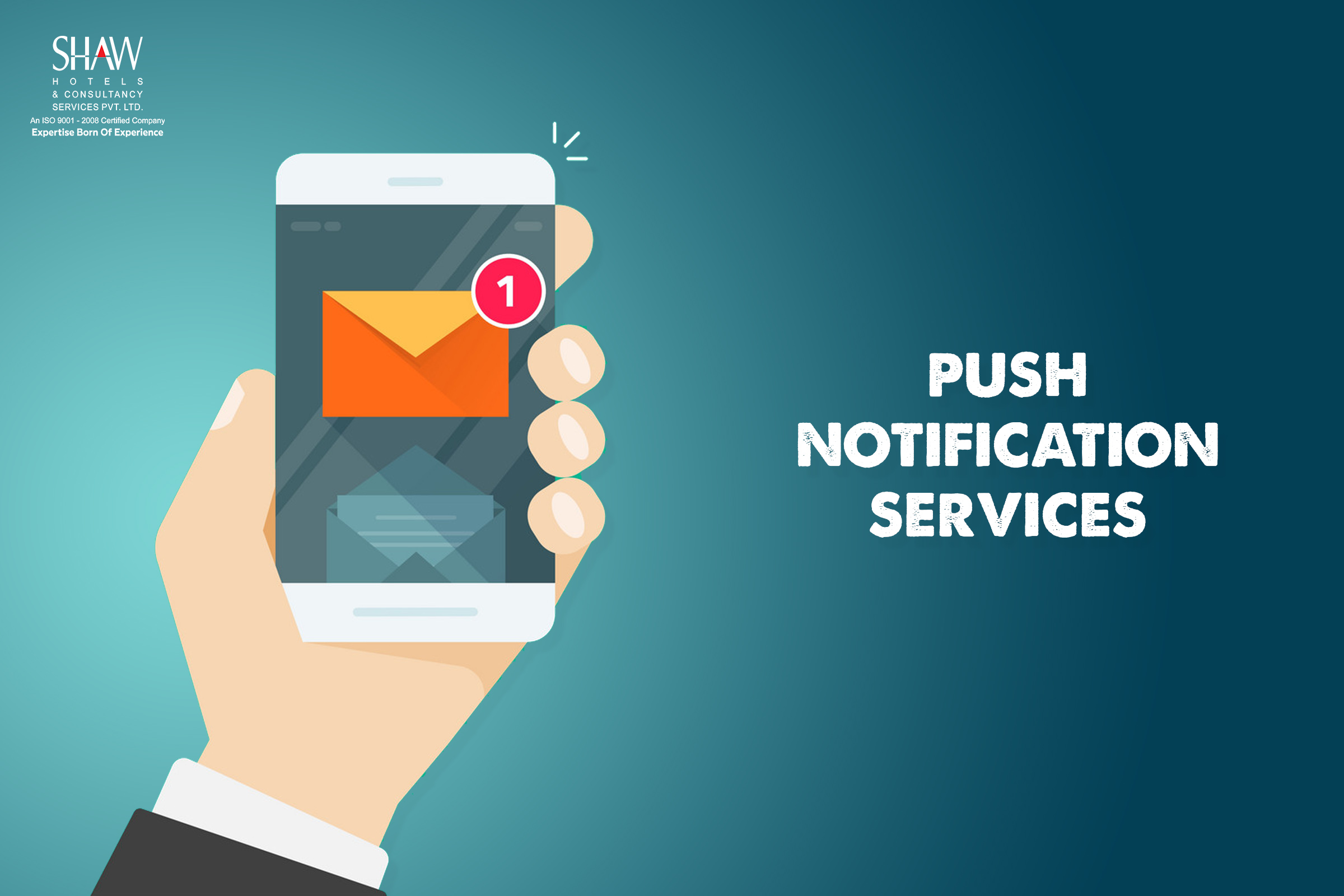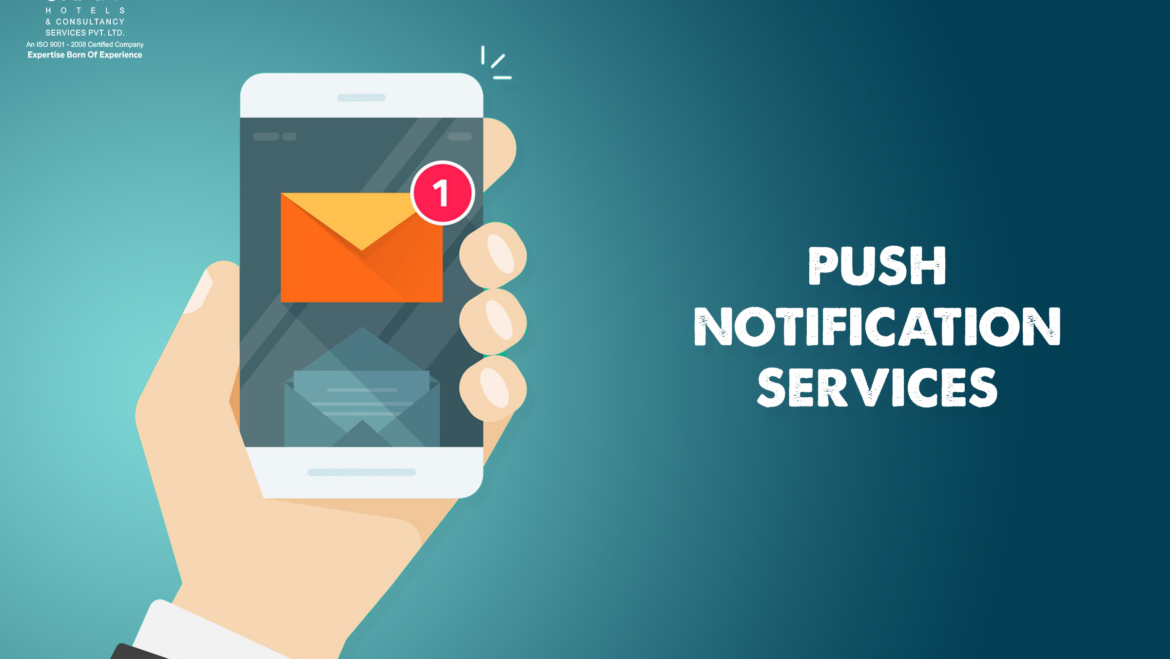Push Notifications
Push Notification a refers to a message that is sent by app publishers as a message. These messages can be sent anytime to users using the app. Push notifications can be used to showcase different sports scores; utility prompt user actions like downloading offers and coupons etc.
Push notifications acquire the form of text messages and alerts, but they only reach users who have installed apps. They provide convenience and value addition to all kinds of app users.
For app publishers, push notifications offer notification services for the user and the publishers ensure that their messages do not get trashed through spam filters, or forgotten right in the mail inbox. These notification services can remind users to use an app or drive actions, such as:
- Promoting products or offers to boost sales
- Driving customer experience
- Converting unknown users to customers
- Sending transactional receipts
- Driving users to multiple marketing channels including social networks
How do push notifications work for your business?
- Operating system push notification service (OSPNS). Every mobile operating system has its own service offering.
- App publisher: Enables their app with OSPNS while the publisher uploads apps to the store.
- Client app: App installed on a user’s device, connected to the OS that receives notifications.
Adding to an app
ShawMan now offers notification services to send customers custom coupons, offers and any other custom message
App publishers need to register their OS push notification service wherein every OS sends its API. The API acts as a communication medium with the service. The SDK is leveraged for developing the push notification service and uploaded to the app store.
User activation
- The user visits the app store, downloads the app and installs it.
- IDs are registered for both the app, and the device with OS push notification service.
- The identifiers are passed back to the app from the push notification services and also sent to app publisher.
- The publisher stores these registration details, including the unique ID.
Sending notifications
- The publisher composes a message with the UI or an automated message to be sent through the API.
- The publisher defines audience for sending notifications and determines whether it should be sent soon or in a scheduled manner.
Push notifications can be personalized for specific users too but they need user identification data and an interface for writing messages for sending the same. Nowadays app publishers focus on #Linkedin building great apps and then pay for push notification services
Mainly, users see notifications as banners or pop-up alerts or arranged in Notification Center. iOS lets users personalize push notifications too. One can even use location with push notifications for relevant messaging.
The need for a push notification strategy
- Push notifications offer a direct path of communication with app users.
- Compelling and valuable push notifications can encourage users to drive action.
- These messaging strategies need to be measured and well-tested especially when in terms of opt-in rates, new user on boarding performance, and reduction in churn rates
- Match up data across channels to understand user behavior better. Help them share content with social networks and inspire them to opt in by offering incentives and value of the notifications



Your Comment
Leave a Reply Now